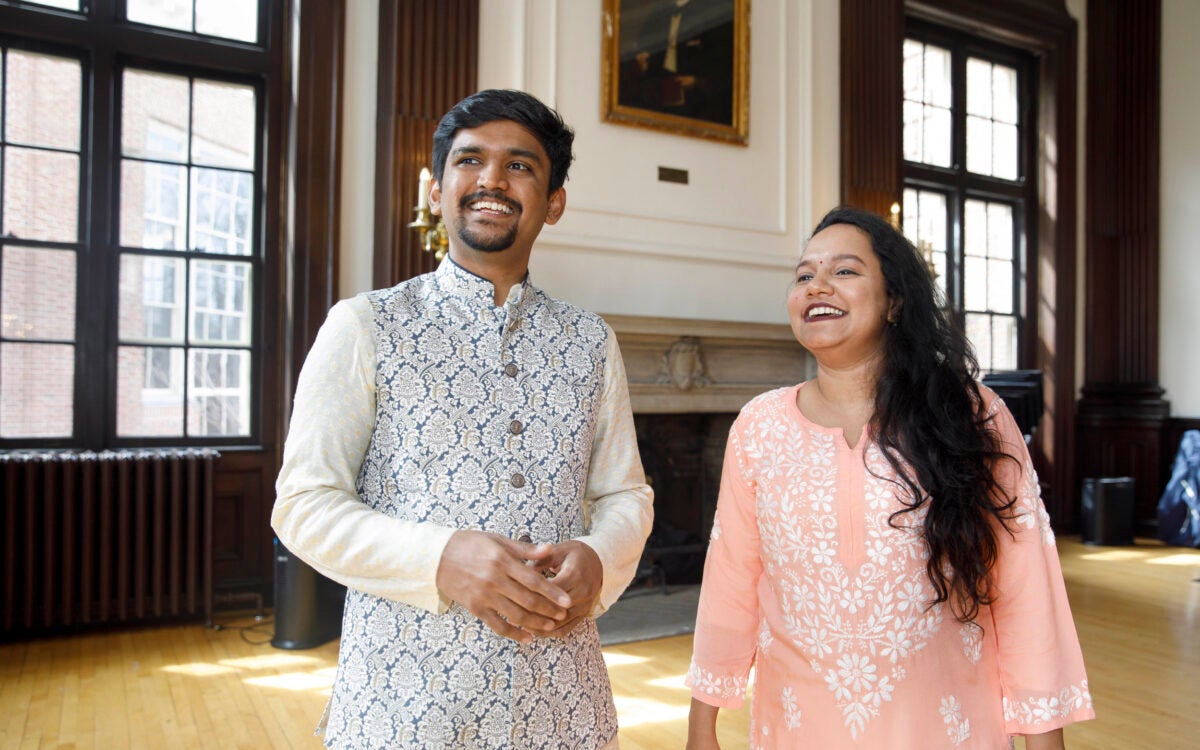Video/Production – Ned Brown
Multiple Intelligences
Tina Grotzer
Associate Professor of Education, Harvard Graduate School of Education
In 1983, when Howard Gardner introduced the concept of multiple intelligences to the world in his book “Frames of Mind,” it paved the way for a seismic shift in how we view learners and permeated every aspect of education.
It introduced the research basis for an expanded notion of human intelligence and began the conversation that enabled us to move beyond IQ notions that heavily weighted mathematical/logical and linguistic/verbal ability over other forms of intelligence. It immediately made sense to the best teachers who implicitly recognized the varied strengths of their students, and it opened the floodgates of change for those who focused more narrowly.
I was a public school administrator and teacher at the time, and the work enabled me to frame the district’s academic enrichment offerings through a multiple-intelligences model, and to acknowledge and support the talents of a much broader range of children.
The shift has changed the lives of many learners whose intelligences are appreciated and accommodated as a direct result of the work by Gardner, the John H. and Elisabeth A. Hobbs Professor of Cognition and Education at the Graduate School of Education. His work resulted in a cascade of effects — causing educators to re-evaluate practices such as tracking, narrowly selective gifted and talented programs, and so forth.
Further, its impact has reached well beyond the classroom, resulting in enduring changes in our psyche and a much more textured notion of what it means to behave intelligently in the everyday world, in business, and beyond. The outcomes for society have been profound as we build and capitalize upon the wealth and range of human capacity.




